The history of the wireless communications started with the understanding of magnetic and electric properties observed during the early days by the Chinese, Roman and Greek cultures and experiments carried out in the 17th and 18th centuries. A short history of wireless communication is presented in the tabular form:
| Year |
Description |
| 1880 |
Hertz-Radio Communication |
| 1897 |
Marconi- Radio Transmission |
| 1933 |
FCC (Federal Communication Commission) |
| 1938 |
FCC rules for regular services |
| 1946 |
Bell telephone laboratories 52 MHz |
| 1956 |
FCC - 450MHz (Simplex) |
| 1964 |
Bell telephone active research 800 MHz |
| 1964 |
FCC - 450 MHz (Full Duplex) |
| 1969 |
FCC - 40 MHz bandwidth |
| 1981 |
FCC ? release of cellular land phone in the 40 MHz |
| 1982 |
At & T divested and Server RBOC (Regional Bell Operation Companies) formed to manage the cellular operation. |
| 1984 |
Most RBOC market in operations |
| 1986 |
FCC allocates 5MHz extended band. |
| 1988 |
TDMA voted as digital cellular standard in North America. |
| 1992 |
GSM (Group Special Mobile) operable Germany D2 system. |
| 1993 |
CDMA (Code Division Multiple Access) |
| 1994 |
PDCC (Personal Digital Cellular Operable) in Tokyo, Japan |
| 1995 |
CDMA operable in Hong Kong |
| 1996 |
Six Broad Band PCS (Personal Communication Services) licensed bands (120 MHz) almost reader 20 billion US dollar |
| 1997 |
Broad band CDMA constructed and of the 3rd generation mobile. |
| 1999 |
Powerful WLAN systems were evolved, such as Bluetooth. This uses 2.4 MHz spectrum. |
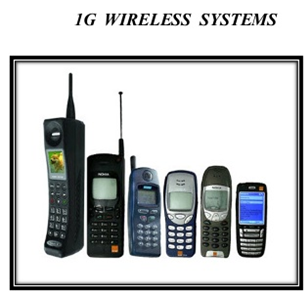
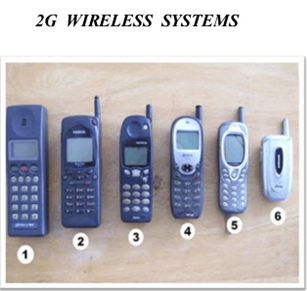
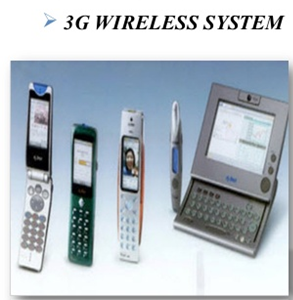
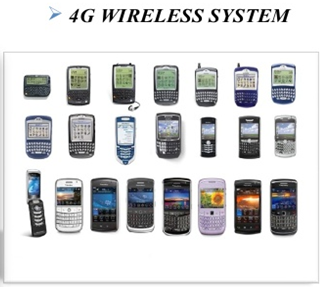
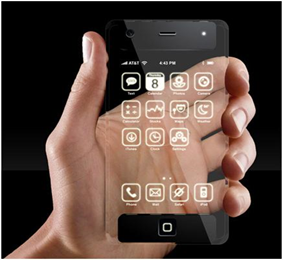
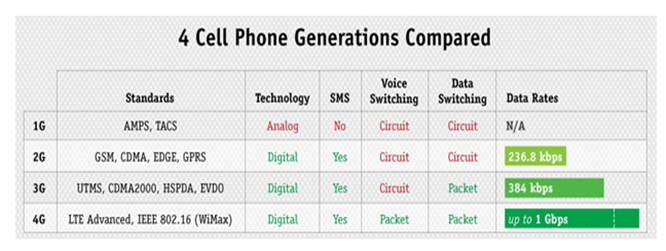
 For Videos Join Our Youtube Channel: Join Now
For Videos Join Our Youtube Channel: Join Now










